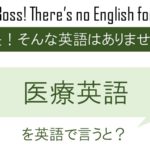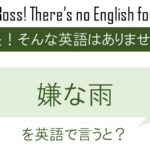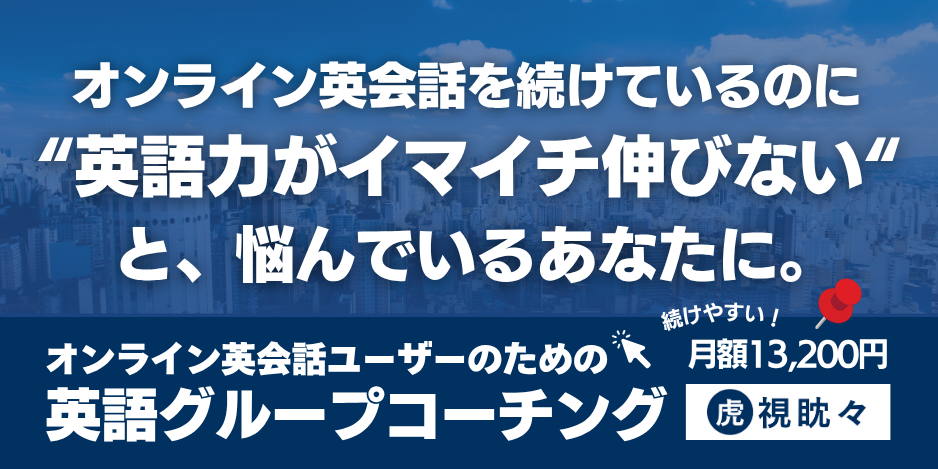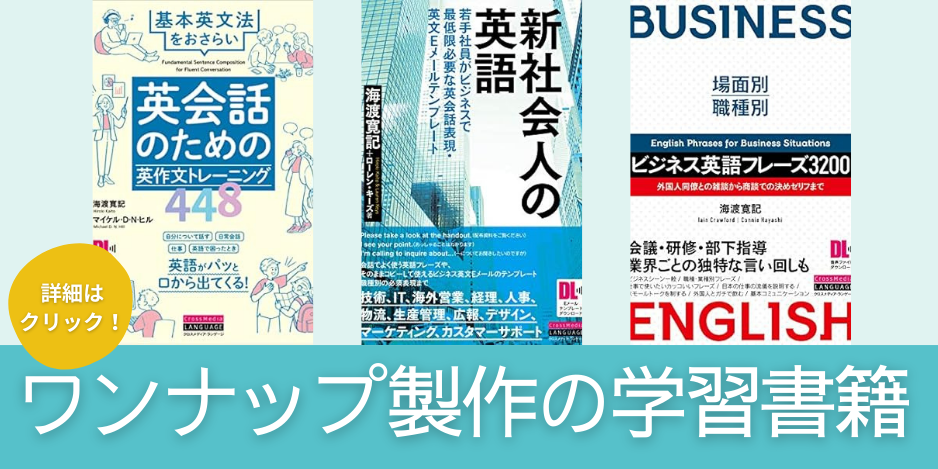
Generally speaking, Australia is one of the easier countries for Japanese people to acclimatize to, when living abroad. My hometown of Melbourne attracts large numbers of Japanese people on working holidays or studying abroad, every year. Some reasons why the adjustment is relatively easy are the relaxed lifestyle, the friendly manner of the local people, and the multicultural character of the city.
Nevertheless, starting life in any new country presents challenges, and Melbourne is no exception. The first challenge that comes to mind is the language barrier. This is a universal problem, and no more difficult in Melbourne than any other city in the world. Indeed, newcomers to the city are well placed to make a smooth transition, because of the aforementioned multiculturalism. Furthermore, language services are widely available and accessible, especially in the city center.
The second challenge is more substantial. While Melbourne boasts an abundance of sightseeing spots, nature lovers will have to venture further afield to get their fix. In order to do so, having a car to drive is a must. One of the most stunning areas of natural beauty in my home state of Victoria is the Great Ocean Road, a coastal highway that takes in rugged cliffs and rock formations, and powerful ocean waves. Unfortunately, it is a four-hour drive from the city, with no public transport options other than bus tours.
Speaking of public transport, the third challenge is the stark contrast between the Japanese and Australian train systems. The former runs like clockwork, departs and arrives with impeccable punctuality, and is well maintained. The latter is afflicted by frequent service delays and cancellations, and isn’t always clean on both the interior and the exterior of the train. In particular, graffiti is an all-too-common eyesore on many surfaces of Melbourne trains.
With regard to public transport in a country of Australia’s scale, one gradually becomes used to the fact that it takes longer to visit places of interest. During the one-and-a-half years that I spent back in Australia in between my two stints in Japan, I had to adjust to spending just 40 minutes on a train from Nara to Kyoto, to spending the same amount of time to get from my closest station to the city center of Melbourne.
The fourth and final challenge is a minor one. The popularity of Japanese cuisine in Australia is growing rapidly, as shown by the growing number of conveyor belt sushi restaurants and ramen shops. The authenticity of these establishments varies on a case-by-case basis. One of the most successful recent entries in the market is Hakata Gensuke, a ramen shop owned by a chef from Fukuoka, which serves authentic Hakata-style ramen. Despite the positives, the portion size is smaller than a typical bowl of ramen in Japan and the cost is steep – in excess of $20 Australian for a standard bowl, with a boiled egg having to be purchased as an additional topping instead of being a standard ingredient.
Overall, though, Melbourne is a city that Japanese people can make a new home in with relative comfort, as long as they keep an open mind about physical and cultural differences.
Ming
Vocabulary
acclimatize (verb) – to become familiar with a new place or situation
aforementioned (adj.) – describing a person or subject previously mentioned or talked about
like clockwork (idiom) – happening or working correctly with no problems or delays
eyesore (noun) – something that is ugly or unpleasant to look at
authentic (adj.) – real, not false or copied
英語学習をフルサポート!
マンツーマン&コーチングの英会話教室























